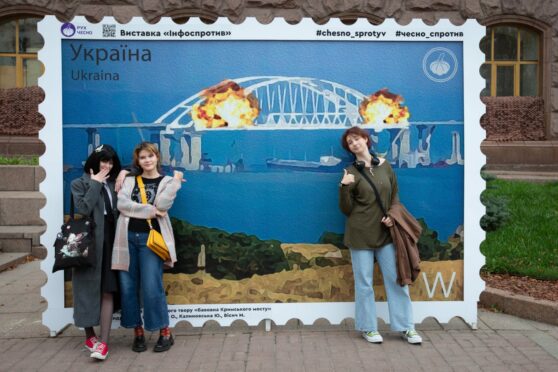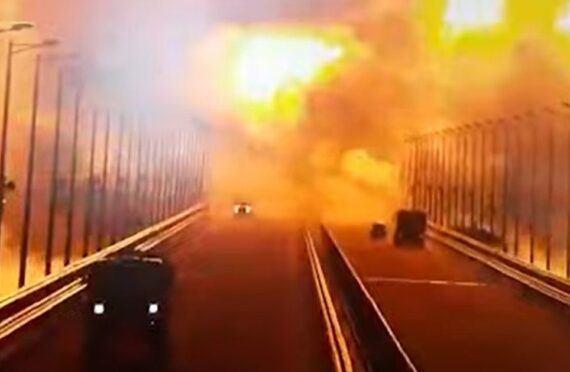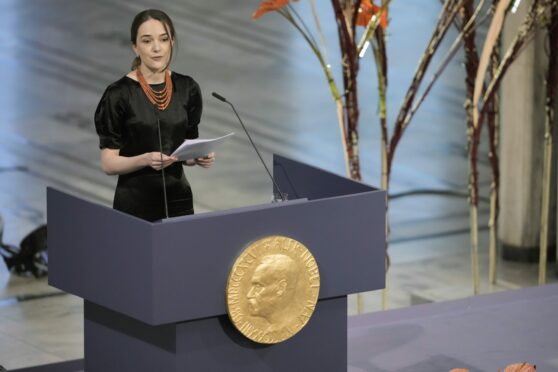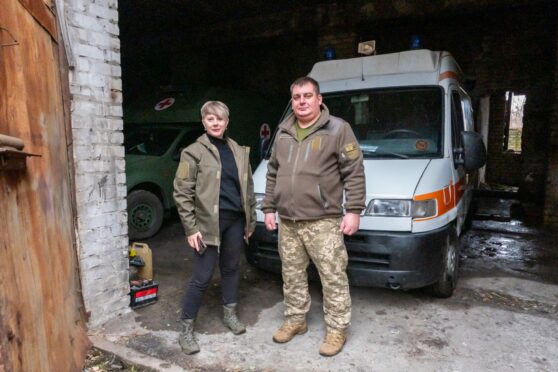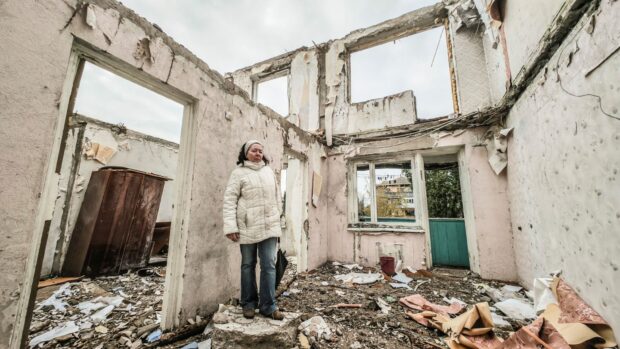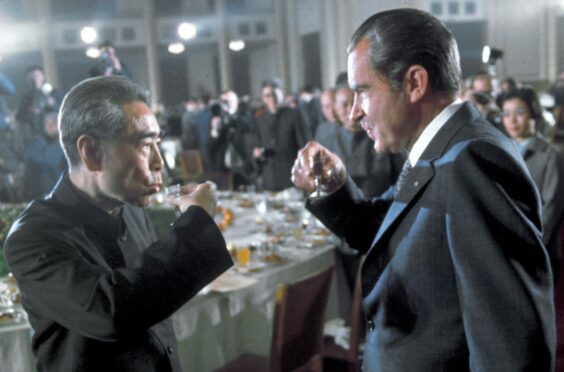
Exactly 50 years before Russia launched its onslaught against Ukraine another seismic historical event recast the world order.
When Richard Nixon went to China in 1972, the US president began to drive a strategic wedge between the two communist colossuses that were the Soviet Union and China.
Why mention that today as we watch the Russian military incinerate Ukrainian hospitals? The Ukraine crisis potentially signals a new and fundamental shift in Western-Chinese relations. True, China and Russia launched their partnership “without limits” days before Russia’s invasion but that relationship has limits and these could become increasingly important as the conflict lurches into a fourth week.
China now claims it had no foreknowledge of Russia’s invasion, despite speculation that Beijing asked Moscow not to attack during the Winter Olympics. China’s US ambassador finally (if belatedly) stated that the war “does no good for China” even before, on Friday, US President Joe Biden warned Chinese counterpart Xi Jinping of “consequences” if Beijing provided military or financial support to the Kremlin.
China may earlier have welcomed some increased Russian-Western tensions. How ideal for globally ambitious Beijing to see the Euro-Atlantic world divert its attention and capacities to confront Russia’s military build-up. China welcomes some challenge to the democracies of the West because, as authoritarian powers, it stands with Russia as the alternative.
But let’s make no mistake: China is fundamentally only interested in China. Russia provides it with little and most of it can be found elsewhere. Energy is foremost but China astutely always diversified those imports and Russia supplies a mere 5% of China’s voracious appetite for natural gas. Putin admitted that 70% of its exports to China were hydrocarbons (and even other natural resources), and not technology, as provided by the Soviets to an agrarian China. Russia represents a paltry 0.8% of China’s imports.
Within that lopsided partnership, yes, China helped Russia diplomatically in this crisis. It abstained in United Nations votes condemning Russian aggression. Chinese diplomats and state media reiterate Moscow’s line of blaming the West and Ukraine, and implore Nato to recognise Moscow’s concerns. As in Russia, Chinese media never refer to war but these Chinese measures lend little to Russian war aims, nor ease its unprecedented isolation.
By now the war is far beyond anything China would have wanted. More importantly, both Russian actions and the international responses challenge Chinese interests. China vehemently opposes secessionism. For decades it has clobbered Tibetan separatism, threatens the same against Western-armed Taiwan, and more recently against Uighurs in its north-west.
By contrast to fundamental Chinese interests, Russia fomented secession and created new states. It senselessly expected China in 2008 to recognise the statelets it carved out in Georgia. Putin’s new state-making in Ukraine now too lacked Chinese backing.
Far worse for Russian-Chinese relations is how Chinese interests are threatened by international responses to Moscow’s Ukrainian war. As the grandest beneficiary of globalisation, China detests disruptions to supply chains and markets and should shudder at how the West has united to impose unprecedented sanctions. Those are rightly and similarly threatened against China should it materially aid Russia. Integration in the world economy matters fundamentally to China.
The West’s military resolve towards Ukraine is instructive for China over Taiwan – and the West now has an added opportunity to signal to China that mutual understandings in Asia-Pacific are necessary for both parties.
All of these points will have been made clear by President Biden during his two-hour phone call with Xi Jinping. That said, could Xi stop Russia’s war? That is now unlikely. The single most determining factor over Russia’s Ukrainian mendacity is personal to Putin, and his distorted conceptions of Ukraine’s illegitimacy and how it apparently threatens Russia. China is unequipped to undo these views, engrained as they are in the Russian leadership’s worldview.
In all of this, an ideal longer-term goal emerges: while Russia creates a new Afghanistan for itself in Europe, a Western reset of relations with China becomes both more plausible and more necessary. We cannot immediately change Chinese domestic repression, and we must vehemently raise its human rights abuses. The West is right to threaten China if it equips Russia for its Ukrainian war.
However, this is also a time when China could be levered from Russia. Moscow is and will remain a pariah. A globalist China wants and needs the West, and gains little but liabilities from Russia.
Russian foreign minister Lavrov’s unexplained abandonment, mid-flight, of his China visit might suggest the fraying of Russian-Chinese relations. The West might profitably pull at those threads. 2022 could be the new 1972.
Professor Rick Fawn is a specialist in international security at the University of St Andrews

Enjoy the convenience of having The Sunday Post delivered as a digital ePaper straight to your smartphone, tablet or computer.
Subscribe for only £5.49 a month and enjoy all the benefits of the printed paper as a digital replica.
Subscribe
